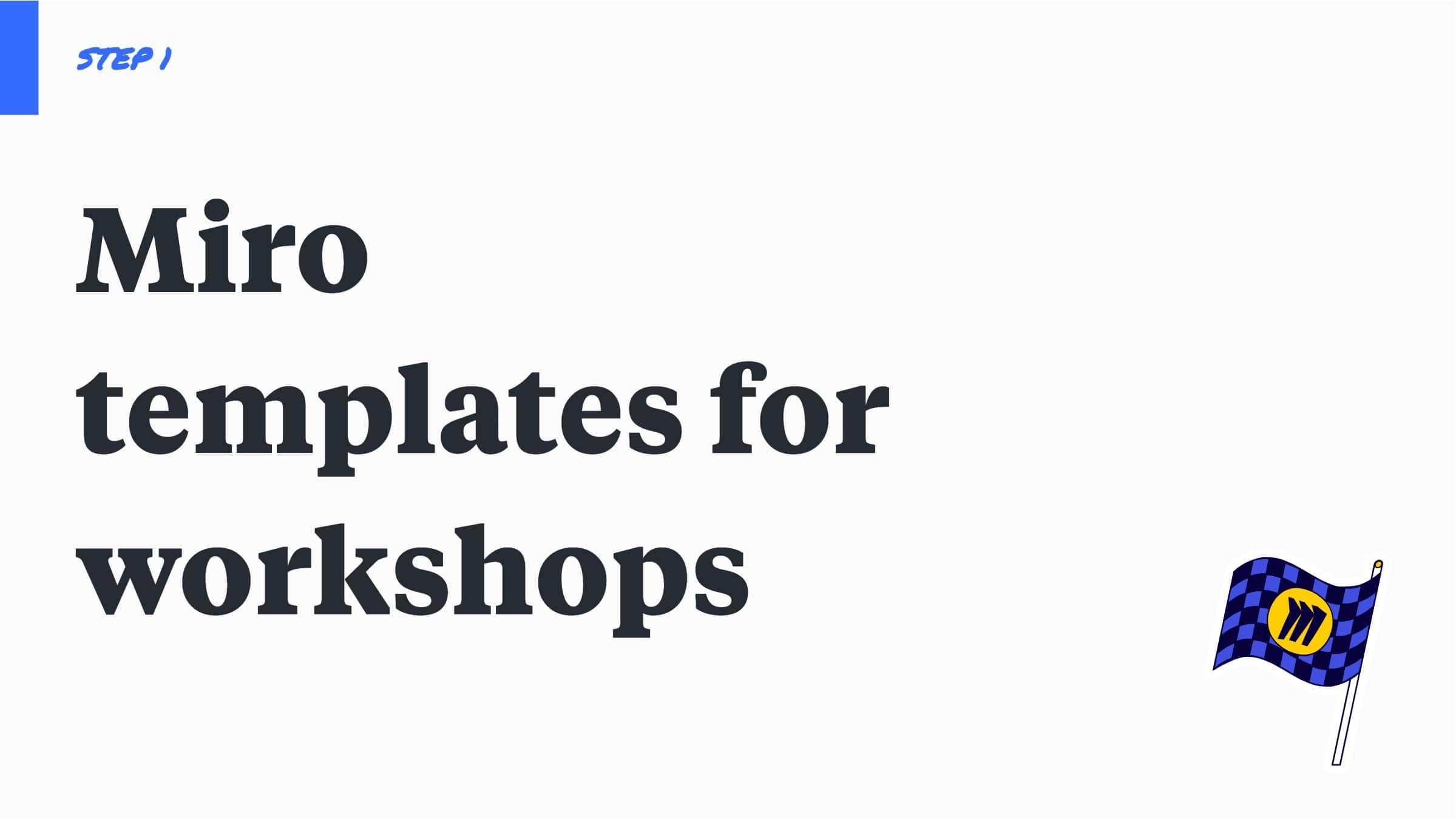Remote Workshops: Enhancing Collaboration and Productivity
This article was originally published in 2022, but it was updated in December 2024 with more information on how to run asynchronous workshops.
One thing that stood out to me when I joined Hotjar was their commitment to being as asynchronous as possible as part of the remote work culture. I challenged myself to conduct most of my workshops asynchronously, and I loved it 💙
What are asynchronous workshops?
An asynchronous workshop is essentially an online workshop that’s done at everyone’s own pace, allowing participants to complete the workshop on their own time.
How to run an asynchronous workshop
Send a Slack message (or use your preferred messaging tool) with the following details:
Why you’re running the workshop
The estimated time it will take to complete
The link to the workshop
A deadline
Keep the message brief, so it’s easy for everyone to read, with the main points clear. For the deadline, choose a close date but allow enough flexibility to avoid overwhelming the team. It’s also helpful to double-check the team’s workload with the engineering manager before sending the request. If the deadline approaches and some haven’t completed the workshop yet, send a gentle reminder.
Example message:
Who participates in asynchronous workshops?
Everyone on the team can participate, but at least one representative from each discipline should join:
Product Manager
Engineers (Frontend and Backend)
Designer
Content Designer
All disciplines need to be represented to ensure alignment. Often, not all engineers need to participate—one can share the key takeaways with the rest. Try to get both the product manager and content designer involved as much as possible. They can also help set up the workshop and conclude it, which can help divide the workload.
After the workshop
Instead of sending another link, use Slack to share the key takeaways from the session. This avoids forcing the team to navigate another tool to access the information, making it simpler to communicate.
What are the benefits of asynchronous workshops?
Some of the key benefits of this asynchronous collaboration include:
A shared understanding of the team’s vision
Improved alignment
Higher quality overall, as the team is more motivated and aware of the project’s purpose
Greater awareness of user needs from the engineering team
Increased flexibility, as people can work at their own pace
Higher engagement across all disciplines
What the team says
Collaboration, energy and everyone’s input are heard. Engineer
The Miros are super engaging and fun. And the emojis, GIFs and our faces make them enjoyable rather than a chore! Content Designer
Be inspired by other people’s perspectives to re-evaluate or re-define mine. Engineer
Which tools do we use?
Miro: This is our main tool for asynchronous workshops, especially when involving people from different backgrounds. Miro has become an industry leader, and it’s easy for people to understand and feel comfortable using it. I’ve also started using FigJam for design-related workshops, especially design feedback sessions. It’s quicker and more flexible, making moving designs from Figma to the board easy. If you are looking for Miro templates, you can check this article, which lists some Miro templates.
Figma: We use Figma to design and build prototypes.
Loom: We use Loom to record videos explaining designs or concepts to share with the team.
What types of workshops do we use these tools for?
From project kick-offs to design feedback or evaluating technical feasibility. If you're looking for ideas or templates, check out these Miro templates for workshops. Asynchronous workshops are especially beneficial when stakeholders come from different teams, providing space for everyone to contribute and share ideas and concerns. For example, in a recent project involving team members from five different spaces, finding a time to coordinate everyone was impossible, so an asynchronous Miro workshop was the perfect solution.
Conclusion
Asynchronous workshops have become a game-changer in my work at Hotjar. I use them for almost everything. They provide more time for introverts to reflect on challenges and have proven to be an amazing way to build on each other’s ideas.





